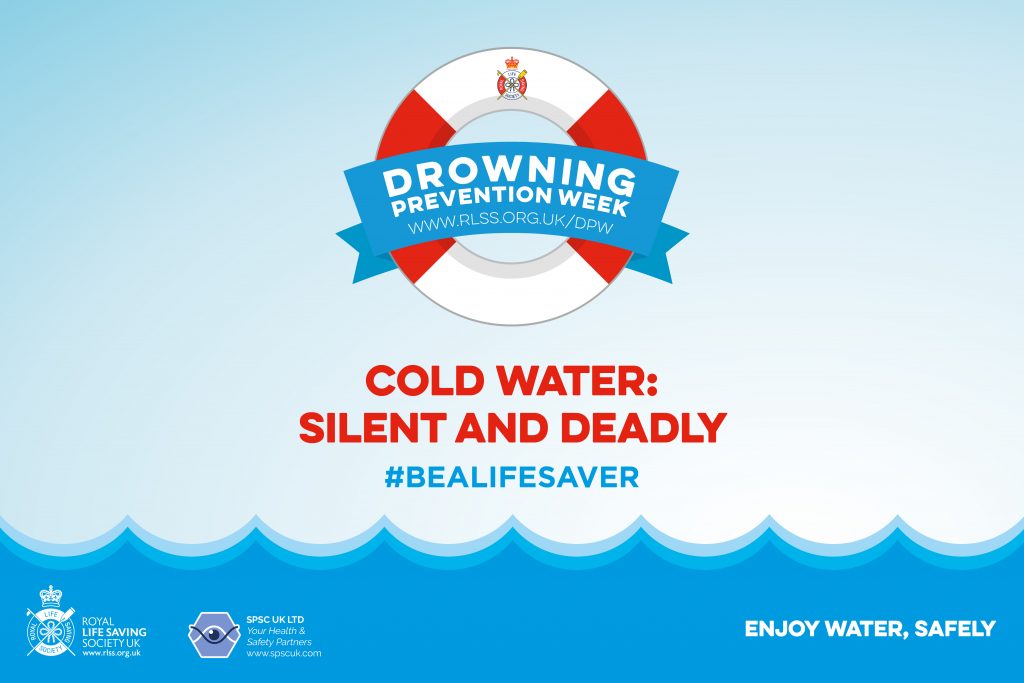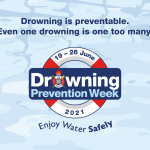Cold Water Shock: What Is It And How Can We Avoid It?
As part of the #DrowningPreventionWeek campaign, we at SPSC will be talking about cold water shock, the dangers, the signs and precautions to take, whilst swimming in nature.
With safe swim venues closed, you may be tempted to head out into nature for a family outing and a swim. While open water swimming can be a great way to beat the heat, the lack of responders and unpredictable waters can be deadly, it is vital to understand the dangers that may be present. Whether you are open water swimming or just relaxing near the water, you must take the proper precautions.
What is cold water shock?
Cold water shock is the body’s reaction to being suddenly exposed to cold water, this happens fast; those suffering from cold water shock can die in the first minute of exposure. It is important to know the signs of cold water shock, as well as precautions to take, as often drowning does not look like drowning.
The sudden exposure to cold water can cause even the most experienced swimmers to lose control of their breathing and begin struggling in water. In the longer term, exposure to cold water can lead to hypothermia or pneumonia.
What are the signs?
The first symptom of cold water shock is usually immediate breathlessness, the cold causes the body to start gasping and hyperventilating, this is very difficult to control and can cause panic.
The cold then causes contraction within the blood vessels, which increases the heart rate and blood pressure, which puts tremendous pressure on the heart. In some cases, even healthy individuals went into cardiac arrest due to the strain. It is important to try to stay calm at this point and control your breathing.
These effects can cause individuals to panic, increasing anxiety which in turn makes breathing and movement even more difficult, it is important to try and remain calm.
What to do?
Prevention is better than cure, the best way to minimise drowning is to wear a life jacket or other floatation device, this will make staying afloat much easier and help you control your breathing. But accidents can happen at any time, what should you do if you find yourself in the water without a lifejacket?
Try to adjust
On initial impact, it can be hard to stay composed, as our natural instinct is to react to the situation. Taking a moment to try to adjust to the temperature and ease the panic, this will help you conserve energy and get your bearings.
Make sure you float
This may seem like simple advice, but it is vital. When experiencing cold water shock, it can be difficult to float due to the panic. Try to find anything nearby that may help you to float, if nothing is available you should lay on your back and try to control your breathing.
Maintain composure
Trying to stay calm and composed can greatly improve your chance of survival, the more you panic the harder it is to control breathing and conserve energy. Focus on floating on your back and keeping your composure, if you cannot swim to safety staying on your back will make it easier to call out for help.
Keep your family and yourself safe.
We can all fall victim to cold water shock as it is our body’s natural reaction to cold water. If you have any doubts about your abilities or the water’s temperature, avoid entering it. If you see anyone struggling in the water please dial 999 and seek medical assistance.
We hope this guide helps you recognise cold water shock and be prepared to take lifesaving steps if necessary. To learn more about how you can #BeALifesaver visit RLSS Website for some interactive courses or go on our blog for the latest information on water safety.























